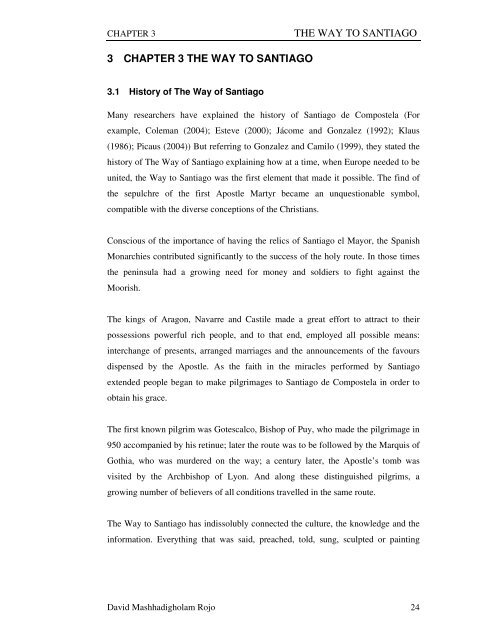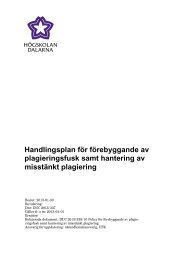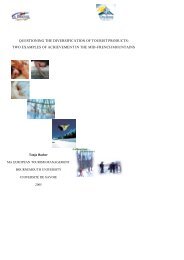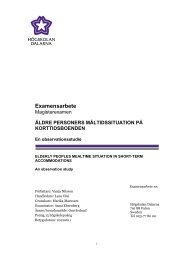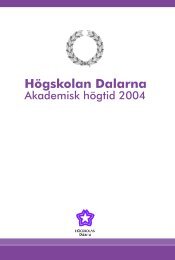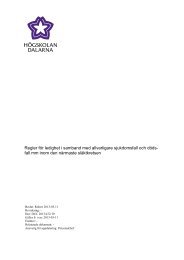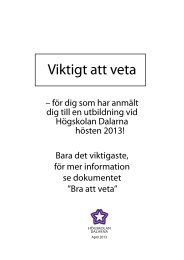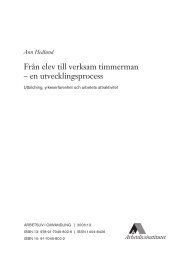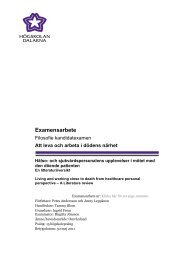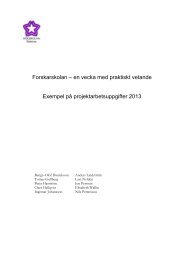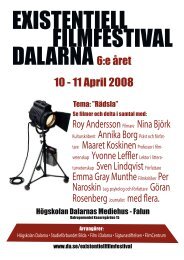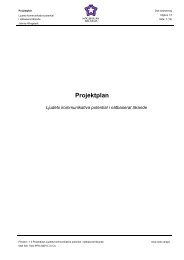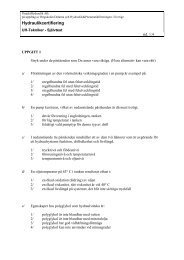Religious Tourism: The Way to Santiago
Religious Tourism: The Way to Santiago
Religious Tourism: The Way to Santiago
Create successful ePaper yourself
Turn your PDF publications into a flip-book with our unique Google optimized e-Paper software.
CHAPTER 3 THE WAY TO SANTIAGO<br />
3 CHAPTER 3 THE WAY TO SANTIAGO<br />
3.1 His<strong>to</strong>ry of <strong>The</strong> <strong>Way</strong> of <strong>Santiago</strong><br />
Many researchers have explained the his<strong>to</strong>ry of <strong>Santiago</strong> de Compostela (For<br />
example, Coleman (2004); Esteve (2000); Jácome and Gonzalez (1992); Klaus<br />
(1986); Picaus (2004)) But referring <strong>to</strong> Gonzalez and Camilo (1999), they stated the<br />
his<strong>to</strong>ry of <strong>The</strong> <strong>Way</strong> of <strong>Santiago</strong> explaining how at a time, when Europe needed <strong>to</strong> be<br />
united, the <strong>Way</strong> <strong>to</strong> <strong>Santiago</strong> was the first element that made it possible. <strong>The</strong> find of<br />
the sepulchre of the first Apostle Martyr became an unquestionable symbol,<br />
compatible with the diverse conceptions of the Christians.<br />
Conscious of the importance of having the relics of <strong>Santiago</strong> el Mayor, the Spanish<br />
Monarchies contributed significantly <strong>to</strong> the success of the holy route. In those times<br />
the peninsula had a growing need for money and soldiers <strong>to</strong> fight against the<br />
Moorish.<br />
<strong>The</strong> kings of Aragon, Navarre and Castile made a great effort <strong>to</strong> attract <strong>to</strong> their<br />
possessions powerful rich people, and <strong>to</strong> that end, employed all possible means:<br />
interchange of presents, arranged marriages and the announcements of the favours<br />
dispensed by the Apostle. As the faith in the miracles performed by <strong>Santiago</strong><br />
extended people began <strong>to</strong> make pilgrimages <strong>to</strong> <strong>Santiago</strong> de Compostela in order <strong>to</strong><br />
obtain his grace.<br />
<strong>The</strong> first known pilgrim was Gotescalco, Bishop of Puy, who made the pilgrimage in<br />
950 accompanied by his retinue; later the route was <strong>to</strong> be followed by the Marquis of<br />
Gothia, who was murdered on the way; a century later, the Apostle’s <strong>to</strong>mb was<br />
visited by the Archbishop of Lyon. And along these distinguished pilgrims, a<br />
growing number of believers of all conditions travelled in the same route.<br />
<strong>The</strong> <strong>Way</strong> <strong>to</strong> <strong>Santiago</strong> has indissolubly connected the culture, the knowledge and the<br />
information. Everything that was said, preached, <strong>to</strong>ld, sung, sculpted or painting<br />
David Mashhadigholam Rojo 24


